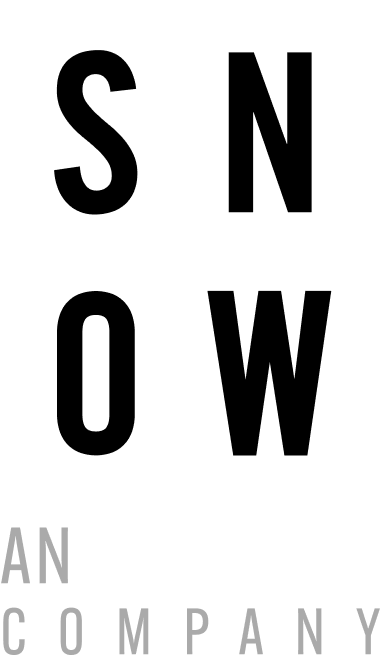The ever-changing landscape of digital marketing can be a roller coaster ride. Just as you catch your breath from one exciting development, you encounter new obstacles that seem to test your skills and adaptability. But amidst these challenges, lies a realm of opportunity as long as you have the right tools and expertise to adjust your strategies accordingly.
First, there were the security updates of iOS 14, which marketers are still grappling with. These updates led to soaring ad costs, unreliable data and decreased performance and effectiveness of Facebook/ Meta ad campaigns. And now, with the release of iOS 17, new privacy features have marketers on edge, raising concerns about data attribution and ad performance optimization.
But is iOS 17 truly a daunting hurdle for marketers or are the fears exaggerated? What are the latest privacy features we need to take a closer look at?
What are iOS 17’s newest privacy features?
During Apple’s Worldwide Developer Conference (WWDC) on June 5th, 2023, the launch of iOS 17 was announced, bringing with it a slew of new security features, including Link Tracking Protection.
To track users and capture data, websites often use UTM parameters in web links. As part of the new security measures, Apple is introducing Link Tracking Protection, which could potentially remove these UTM parameters from web links. This change may seem to hinder markers’ abilities to track user engagement, as well as impact data attribution, campaign optimization and ad performance.
Is iOS 17 and Link Tracking Protection A Crisis For Digital Marketers?
At first glance, the removal of UTM parameters from website links appears to create a major obstacle in tracking and gathering crucial data to inform future campaigns. However, fortunately for digital marketers, the reality is not as black and white as you may think. The removal of UTM parameters only affects users in Safari’s Private Browsing mode and since users typically don’t utilize private or incognito browsing mode frequently, the impact would be minimal on paid social or paid search ads.
Let’s take a quick look at how this would actually impact a user’s ad experience. To truly feel the impacts of UTM parameter removal, a user would need to be in private browsing mode while accessing advertising platforms such as Facebook or Instagram, then log into their account on the platform, click an ad and then proceed to connect to the company’s e-commerce site.
However, there are two crucial reasons why it is highly unlikely for users to follow this sequence of events.
- Most users navigate to Facebook and Instagram via their dedicated mobile apps, bypassing the need for Safari altogether.
- It is impractical for users to log into these platforms while in incognito mode. Doing so would require them to manually enter their log-in info every time they access the app which would be inconvenient and time-consuming.
How Can Marketers Navigate iOS 17 And How Can They Proceed From Here?
Amidst the developments of iOS 17, you can successfully chart your course forward by embracing the ever-evolving world of digital marketing. Remember, with a dynamic landscape comes constant shifts and changes. Stay agile and adaptable, adjusting your strategies to stay ahead. Adopt a results-driven mindset to achieve outstanding outcomes and equip your brand with a solid foundation of compelling marketing materials to cut through the noise.
Magnify Data Attribution to Scale Your Brand, Amplify Performance And Thrive
In digital marketing, harnessing the power of data to drive content and amplify ad performance is vital to the success of your business and growth of your brand. Partner with the digital marketing experts at The Snow Agency and see first-hand how a customized digital marketing strategy can propel your brand to new levels of performance.
Take the first step and reach out for a consultation today.
